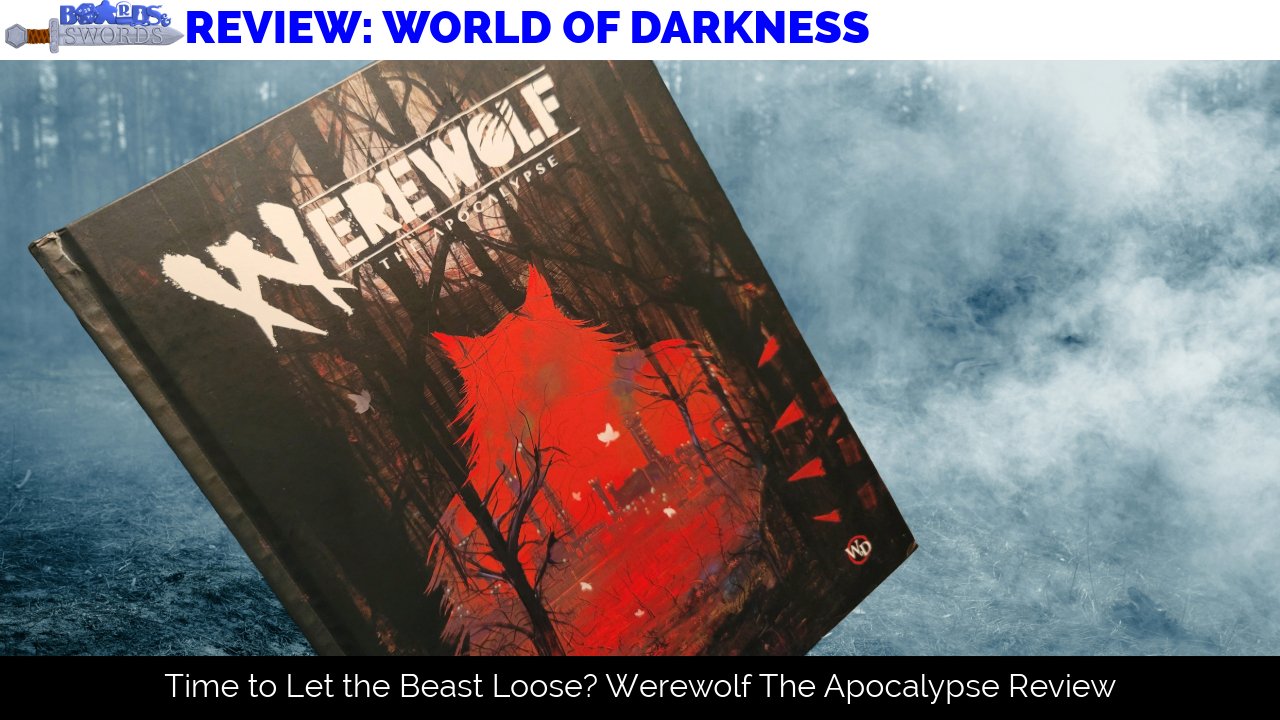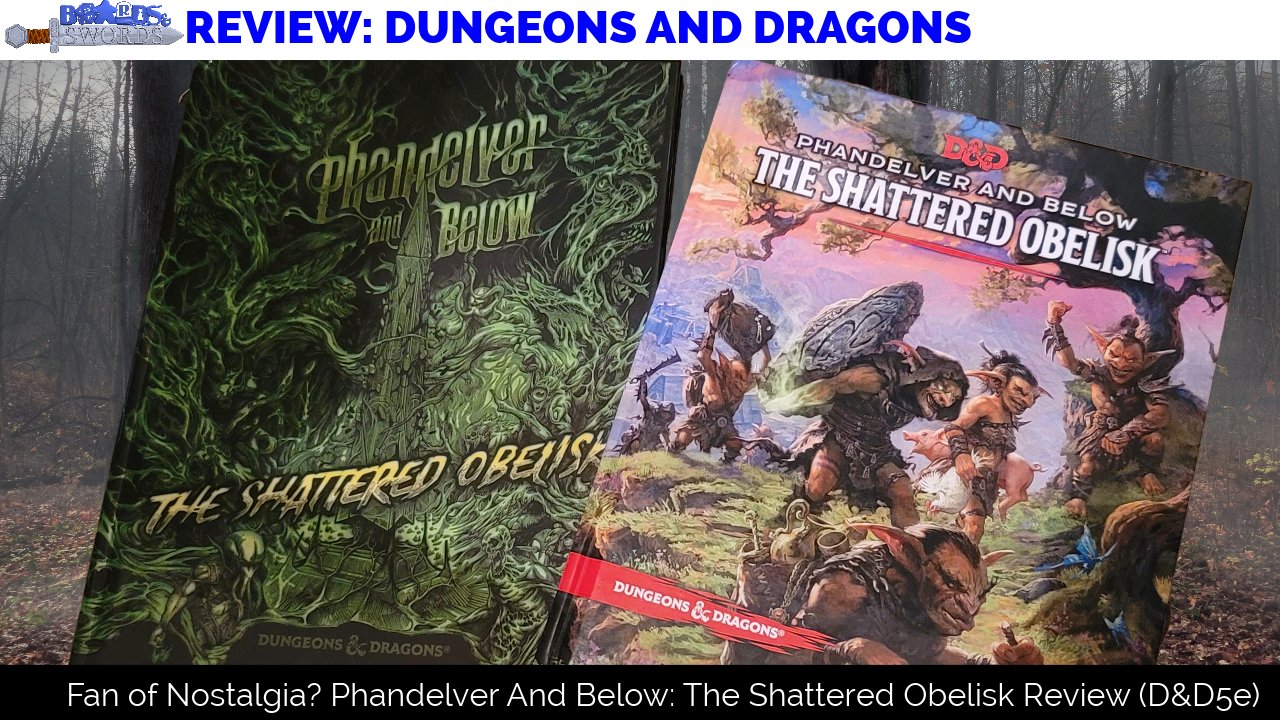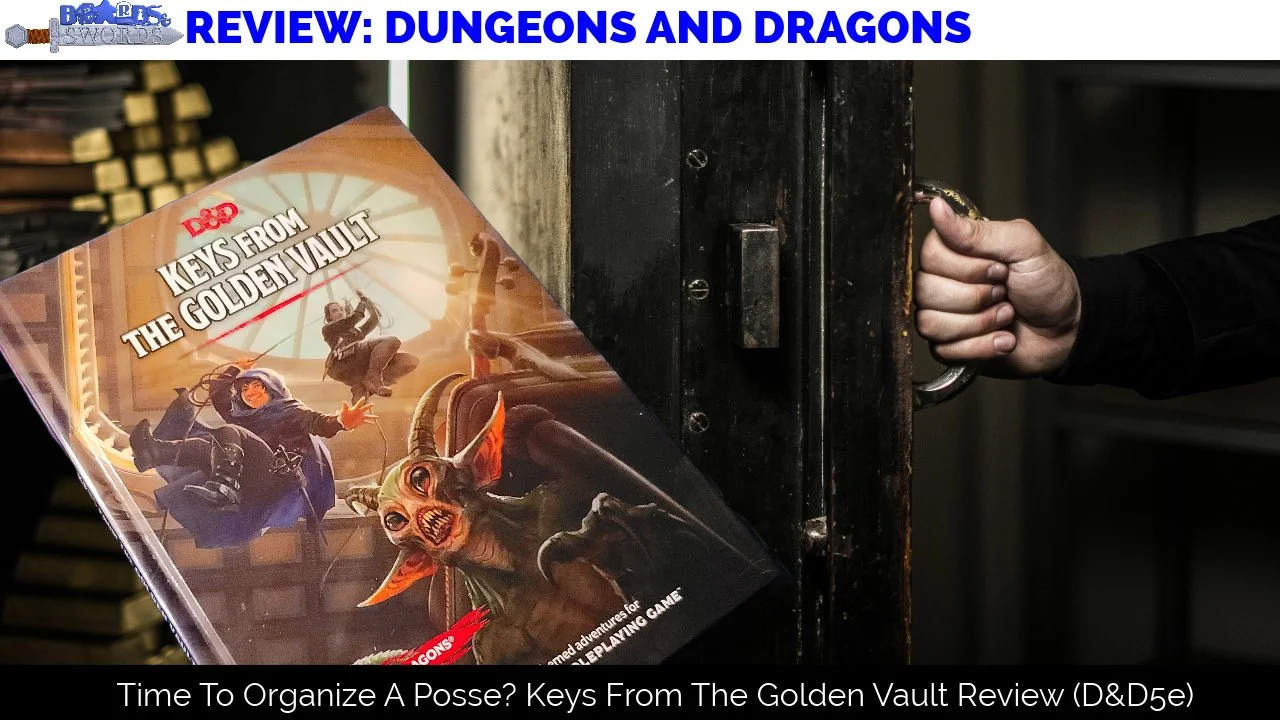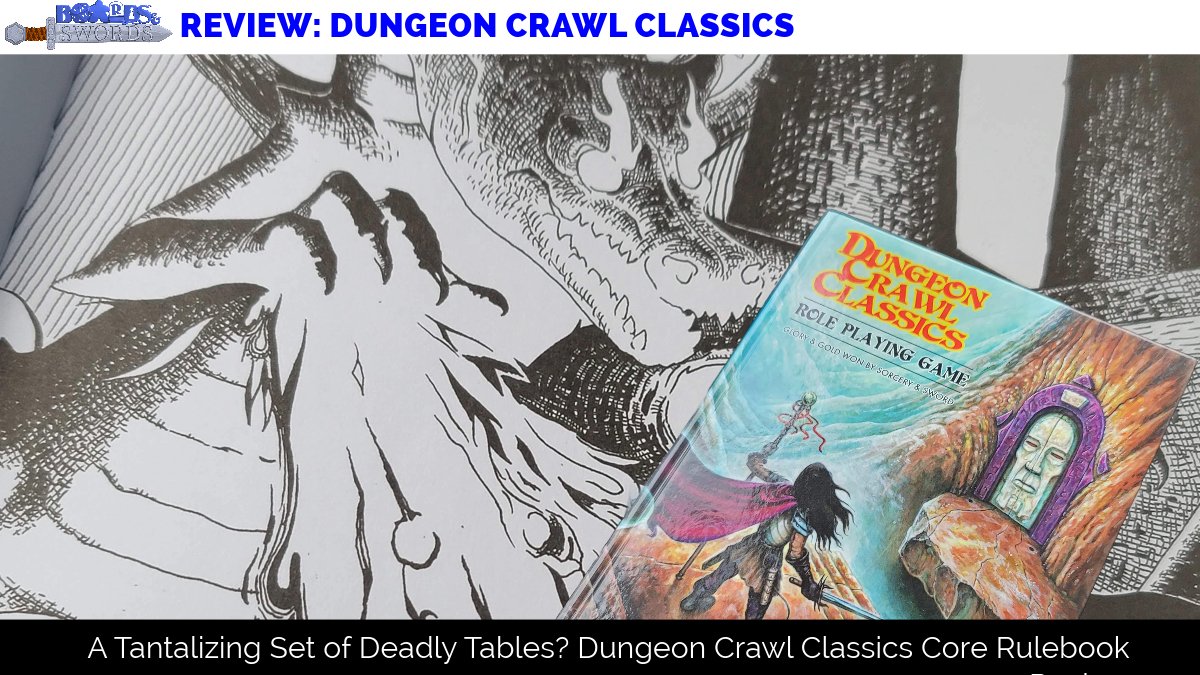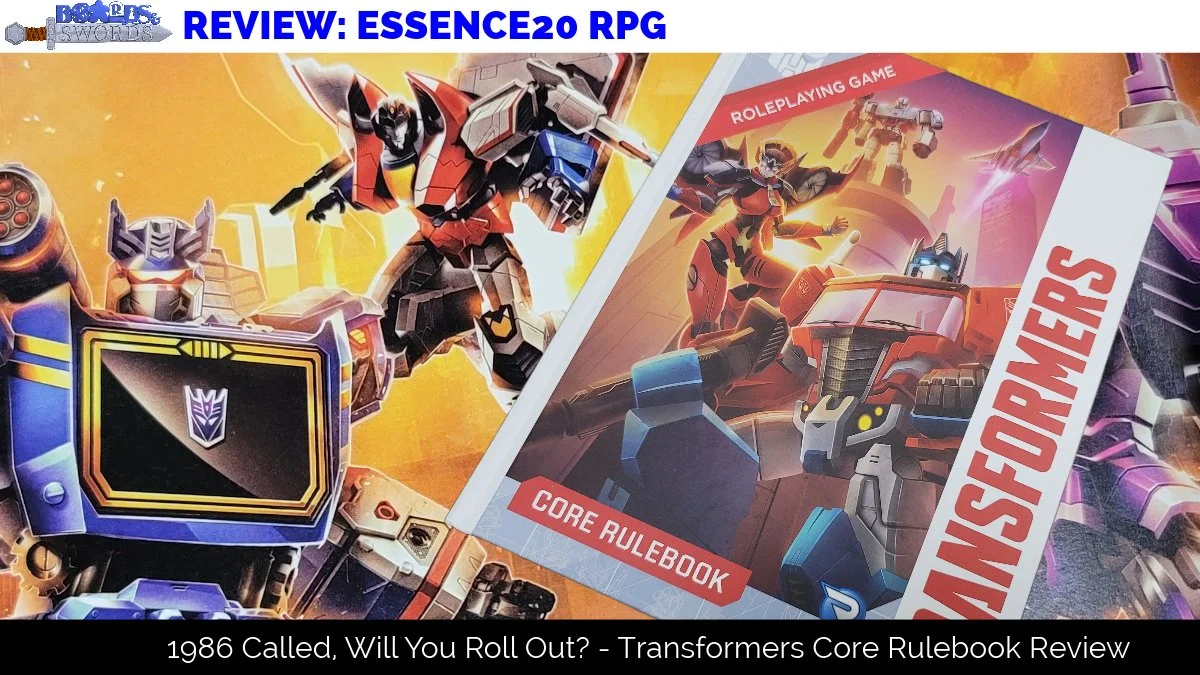You Triggered My God Card: Mythic Odysseys of Theros Review (D&D5e)
By Chris Renshaw
Theros, like Ravnica before it has a special place in my heart as it was one of the first sets that I got to experience when I restarted playing Magic: the Gathering in 2012-2013 with my stepdaughter Chloe. All of the god cards and their weapons got us excited to play in Friday Night Magic drafts as we tried to get more of these rare cards to put in our standard decks. This way, during the week, we could play against each other with said decks trying to beat each other. That was back when she thought such things were “cool”. Then she had to become a teenager.
Now, I’m sitting here looking at one of Wizards of the Coast’s latest releases: the Mythic Odysseys of Theros sourcebook for Dungeons & Dragons (D&D) 5th edition. Going through the process of reviewing this has brought up a bunch of emotions for me, so instead of doing the “standard” review like I’ve done in the past, I thought I would take a different approach in this review. I’m going to go through the 5 “primary” gods of Theros and what can be associated with them. Then, I am going to show how those emotions remind me of different parts of this book.
Heliod - God of the Sun (Pride)
Originally, I wrote this article at the end of 2020 where I compared the gods to the 5 stages of grief. It was the end of 2020 after all. Luckily, I shelved it for a bit since it made the article seem a bit too depressing. Getting back to Theros, Heliod is of course, your “Zeus”-like god, that of warmth, light, etc. Both Heliod and Zeus before it were also really good representations of pride and self-confidence: ignorant to what happened under their watch. Which gets me back to my initial impressions when I heard about this book: what could go wrong? You loved Theros! You loved Ravnica, and you thought that book was great! This should be an easy review!
This is also very similar to what it's like opening up a D&D sourcebook: the first chapter or two are about all the new things! New character options! Giving you a brief overview of Theros and all of its various gods and struggles! Reading through these sections, you start to get a feeling of what kinds of stories you could tell in this setting.
Then we get to...
Purphoros - God of the Forge (Anger)
Associating red with anger is nothing new, but Purphoros is supposed to represent more of a creation type of god - raw energy and emotion is another way of describing him. There are other gods that represent more of the war/strife piece. It’s also the perfect representation of talking about this book, as we transition from the delight of opening the book and reading the new options to the nitty gritty of the setting…
Which is to say, not much. Overall, the book reads like every other sourcebook that comes before it. The book comes with a few options regarding “piety” that you can use for your characters to talk about their devotion to a specific god. Then there’s some info about all the gods, some backstory on Theros, how to make Theros adventures, and then some items and monsters in the back.
From the little bit of Theros lore that I got from the Magic cards and reading the tie-in novellas, I was hoping that this book would expand on this and bring out a much fuller world to play in. I would be wrong. Apparently, the tiny bit of lore is pretty much all there was to work with and the team decided to not really expand upon it. In fact, it looks like the “world” of Theros is about as big as real world Italy and Greece combined.
You are charging people $50.00 for this! It feels like most of the effort was put on filling out the gods and giving them reasons to interact with mortals. I get it, that’s a big part of Theros, but you have to have filled out the world to put those adventures in! How do you stage a 20 part adventure in a world that’s about the entire size of the journey characters take in Horde of the Dragon Queen?
Nylea - God of the Hunt (Growth)
If this section is one of the weakest parts, that’s because I never was a big fan of Green when I played Magic. At this point in the book/review, we get to the biggest chapter of the book, at almost 80 pages of a 256 page book. That would be the “Creating Theros Adventures” section.
“Great!” you might be thinking, “That means there’s a lot of stuff in there for me to use in my games!” Well, yes and no. You see, of those 80 pages, 60 of them are going through all 15 gods/goddesses of Theros and detailing out any potential plotlines that you could use them for. Why would they send heroes on an adventure? When would they be enemies? What could their overall goals be? Who else would they be working with?
This is all really great information, and was the best section for me to read. The problem is, that without the same level of detail put on the setting and history, there’s not a lot to go on to apply these good ideas to. If Wizards was going to go into this level of detail for the gods, then having this level of detail on the different cities and the history of Theros would give players/DMs some context to set their stories.
Thassa - God of the Sea (Sadness)
Of course blue would be a downer. Thassa is your “god of the sea” archetype, and at this point in the book I feel like I’m drowning. How am I supposed to write a review of this? Just do the same exact thing I’ve done before? Go section by section, talking about the good pieces, reviewing all the character options? Look through the monsters and treasure section and find my favorite pieces? There’s got to be a better way to review this. In fact, it’d be hard to pick out my “favorite” magical items, since besides the 5 weapons of the gods, there’s like 6 other items.
These weapons of the gods, called “Artifacts” in the book, are in fact really cool - they were some of the coolest cards in the Magic set. So it would be a crime to not have them in this book. But it's not really helpful, since these aren’t the types of items that your characters are going to encounter often. In fact, you have to have super high “piety” with a specific god to even use the weapons effectively. This makes sense thematically, but it just feels really weird to get super detailed on these high powered weapons that DM’s can only really use very rarely without their campaigns derailing quickly.
Erebos - God of the Dead (Acceptance)
As I said above, going with the theme of 2020, I had Erebos at the end as accepting bleakness. Turns out I wasn’t that far off: the MTG Wiki defines Erebos as the God of death but also “begrudging acceptance” - so I was pretty much on point. Mythic Odysseus of Theros is pretty much what you’d think would be in this book, but not much more than that. The alternative cover art is one of the most beautiful things I’ve seen in a roleplaying book, I just wish there was more substance underneath it. This is funny, since the last book I reviewed, Wildemount, seemed to be ALL about the setting and lore. If I could get the in depth look at Theros that had been in Wildemount, *that* would have been a hell of a book.
My recommendation is that the pieces that are in this book are more effective as stuff to add to your current campaigns to give them that “Mythic” feeling. You could use the methods and madness behind all the different gods and have them encroach upon your custom worlds and provide a new feel to your adventures. Wizards seemed to put a lot of emphasis on these gods, so they are probably the biggest reason to drop $50 on this book and the best thing to pull from it for your own games.
Have you picked up this book yet? What did you think? What other Magic setting would be a good D&D sourcebook? Comment down below or let me know over on Facebook & Twitter! Also, make sure to check out our podcast for other gaming discussions!
















